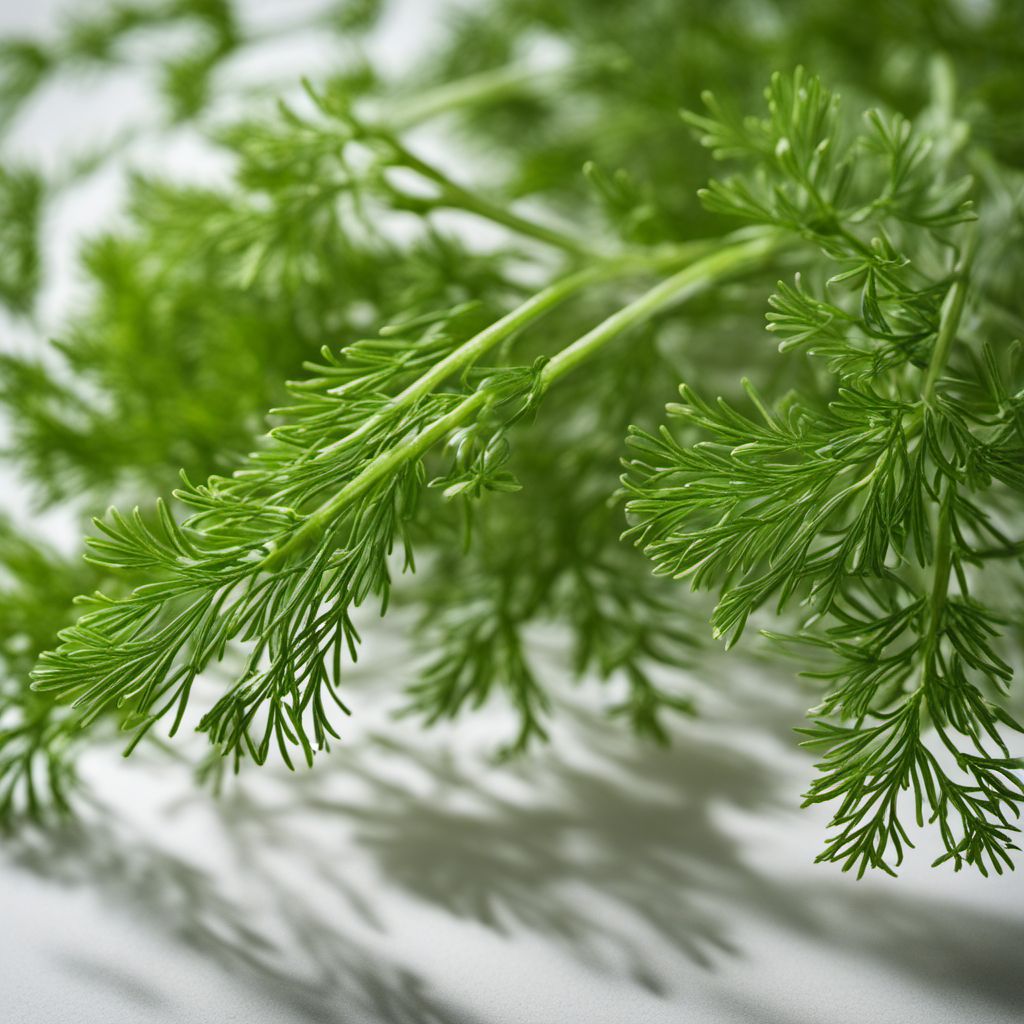
Ingredient
Dill leaves
The Delightful Herb: Dill Leaves
Dill leaves are feathery and delicate with a vibrant green color. They have a distinct flavor that is both herbaceous and slightly sweet, with hints of anise and citrus. The leaves are soft and tender, providing a pleasant texture to dishes. Dill leaves are commonly used as a garnish or added towards the end of cooking to preserve their delicate flavor.
Origins and history
Dill leaves have been used in culinary practices for centuries. Originating in the Mediterranean region, dill leaves were highly valued by ancient civilizations such as the Egyptians, Greeks, and Romans. They were believed to have medicinal properties and were used for various purposes, including aiding digestion and freshening breath. Dill leaves also have cultural significance in Eastern European cuisines, where they are commonly used in pickling and flavoring traditional dishes.
Nutritional information
Dill leaves are low in calories and rich in essential nutrients. They are a good source of vitamin C, vitamin A, and manganese. Dill leaves also contain small amounts of calcium, iron, and dietary fiber.
Allergens
There are no known allergens associated with dill leaves.
How to select
When selecting dill leaves, look for fresh, vibrant green leaves that are free from wilting or yellowing. Avoid leaves that have a slimy texture or a strong, unpleasant odor. Opt for organic dill leaves whenever possible to ensure the highest quality and avoid exposure to pesticides.
Storage recommendations
To maintain the freshness of dill leaves, store them in a plastic bag or airtight container in the refrigerator. They can last for up to a week when stored properly. Alternatively, you can place the stems in a glass of water, cover them with a plastic bag, and refrigerate them for extended freshness.
How to produce
Dill leaves can be easily grown in a home garden or in pots. They thrive in well-drained soil and require full sun or partial shade. Sow the seeds directly in the soil or start them indoors and transplant them once they have grown a few inches tall. Regular watering and occasional fertilization will help the plants thrive.
Preparation tips
Dill leaves are commonly used as a garnish for soups, salads, and seafood dishes. They are also a key ingredient in pickles, sauces, and dressings. Dill leaves can be added to marinades for grilled meats or used to flavor butter or cream cheese. Additionally, they are often used in Scandinavian and Eastern European cuisines to enhance the flavor of traditional dishes such as gravlax and borscht.
Substitutions
Dill seeds can be used as a substitute for dill leaves, although they have a slightly different flavor profile. Other suitable substitutes include fennel fronds, tarragon, or parsley, depending on the desired flavor profile of the dish.
Culinary uses
Dill leaves are widely used in various cuisines around the world. They are commonly found in Scandinavian, Eastern European, and Mediterranean dishes. Dill leaves are a staple in pickling recipes and are frequently used in Greek, Turkish, and Indian cuisines.
Availability
Dill leaves are commonly available in grocery stores, supermarkets, and farmers markets. They can be found fresh or dried, depending on the season and location. Dill leaves are cultivated in many countries, including the United States, Russia, India, and Greece.
More ingredients from this category » Browse all

Fenugreek leaves
Aromatic Herbaceous Delight

Salad burnet
The Refreshing Herb
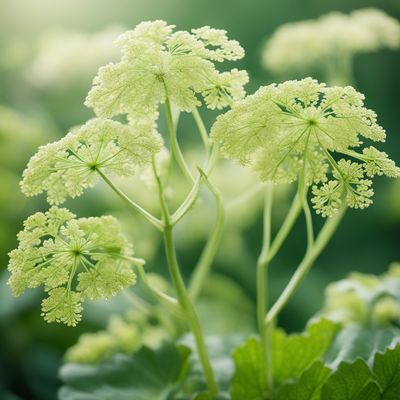
Angelica (leaves and stems)
The Heavenly Herb

Celery leaves
The Unsung Heroes: Exploring the Versatility of Celery Leaves

Coriander leaves
The Vibrant Herb: Unveiling the Magic of Coriander Leaves

Sorrel
The Tangy Herb: Unveiling the Secrets of Sorrel
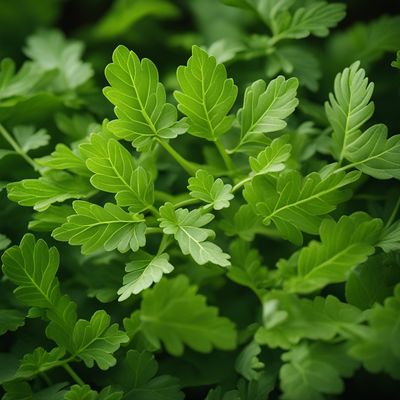
Lovage leaves
The Herbaceous Elixir
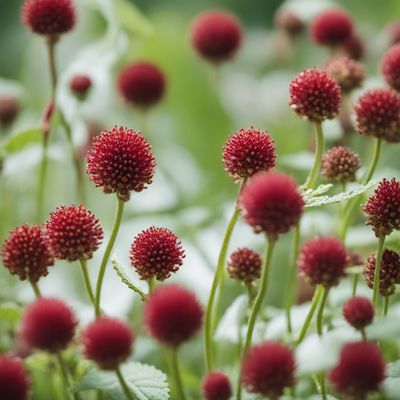
Burnet
The Herb of Coolness

Culantro leaves
The Vibrant Herb: Culantro Leaves

Caraway leaves
The Aromatic Herb: Unveiling the Secrets of Caraway Leaves
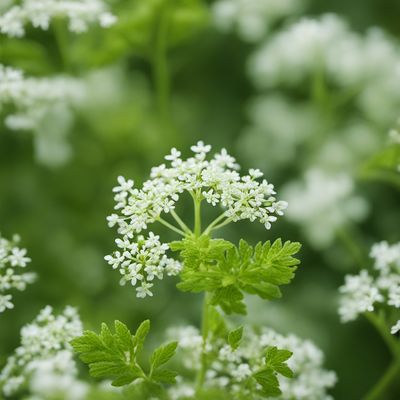
Sweet cicely
The Delicate Herb: Unveiling the Secrets of Sweet Cicely

Fennel leaves
The Fragrant Herb: Unveiling the Delights of Fennel Leaves
Recipes using Dill leaves » Browse all
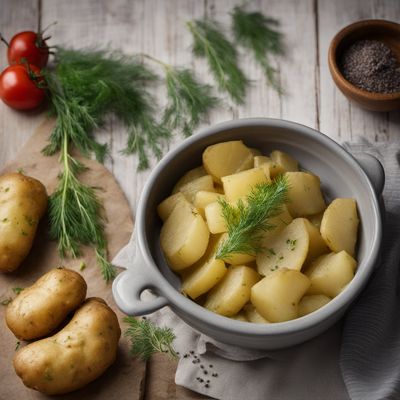
Creamy Polish-style Boiled Potatoes
Velvety Potato Delight: A Taste of Poland
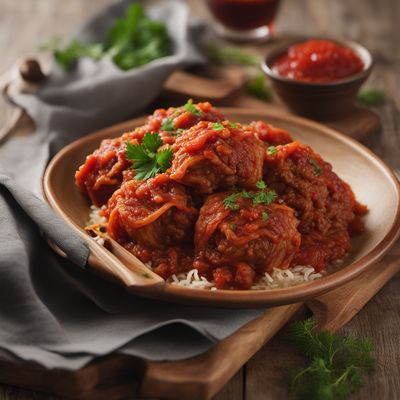
Tirenia-inspired Stuffed Cabbage Rolls
Savory Cabbage Delight: Eastern European Stuffed Cabbage Rolls
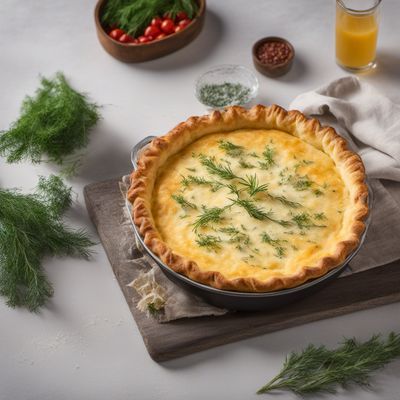
Savory Romanian Cheese Pie
Flaky Delight: Romanian Urdă Cheese Pie

New Nordic Chicken Parmigiana
Nordic Twist on Chicken Parmigiana

Greek-style Bibimbap
Mediterranean Medley: Greek-inspired Bibimbap

Chilled Borscht with Dill Yogurt
Refreshing Beet Soup with a Creamy Twist
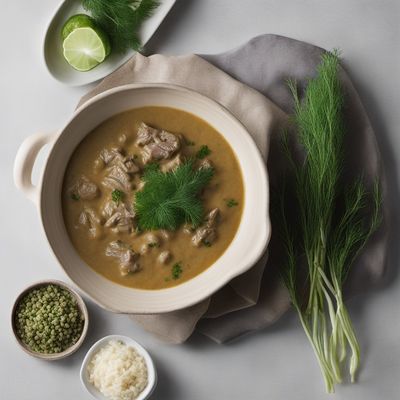
Swedish-Inspired Tongseng with Creamy Dill Sauce
Savory Lamb Stew with Creamy Dill Sauce: A Swedish Twist on Indonesian Tongseng
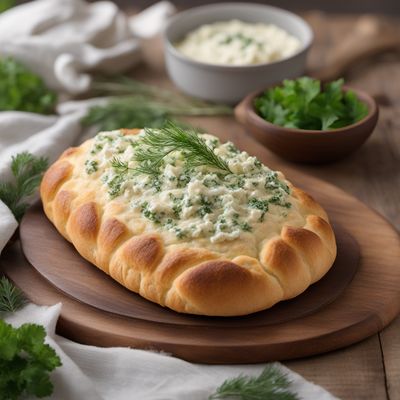
Mkhlovani - Georgian Cheese-Filled Bread
Savory Georgian Delight: Mkhlovani - A Cheese-Filled Bread Extravaganza

Greek-style Crab Cake
Mediterranean Delight: Greek-style Crab Cake with a Twist
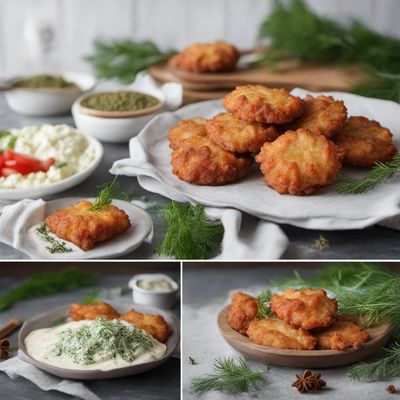
Russian-style Moselle Fritters
Savory Russian Fritters with a Moselle Twist
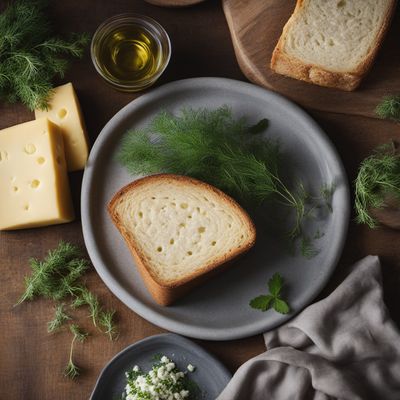
Carmarthenshire Cheese Bread
Welsh Twist on Greek Tiropsomo: Carmarthenshire Cheese Bread
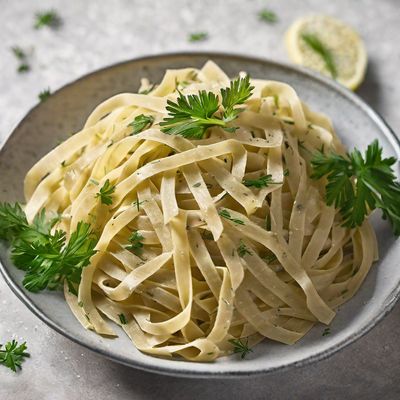
Fettuccine burro e Parmigiano
Parmesan Butter Fettuccine